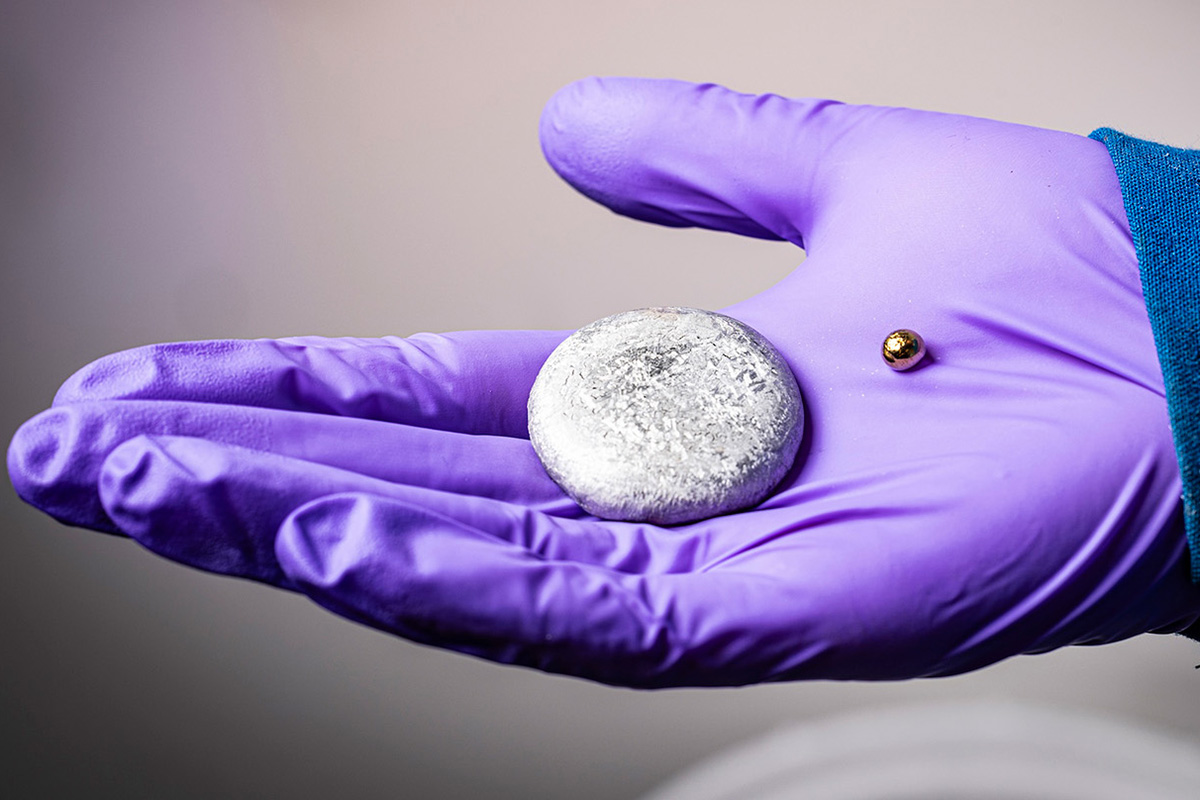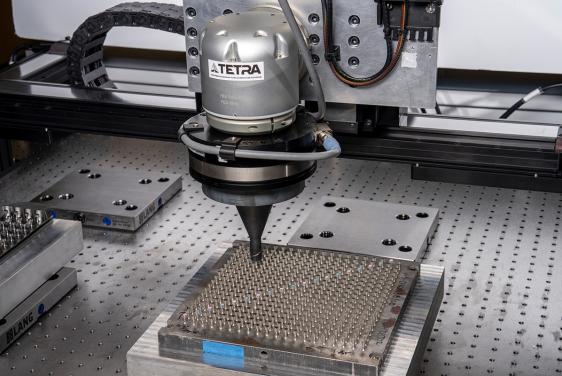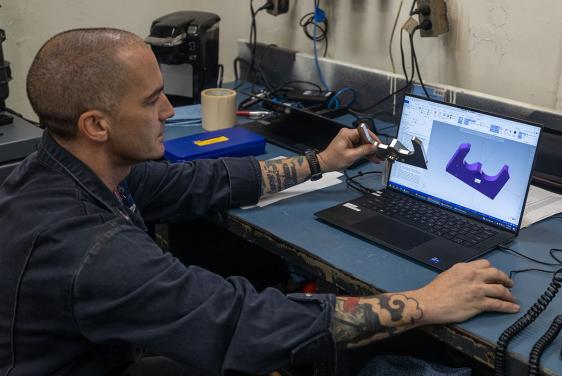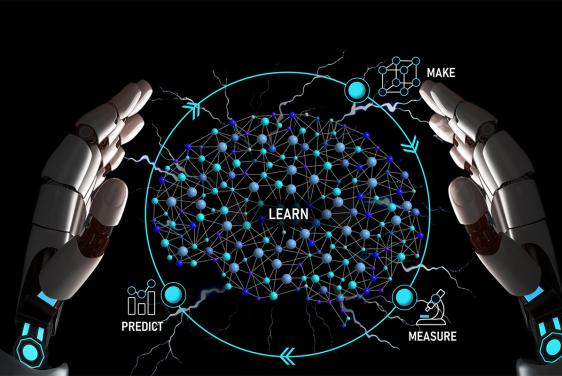
Materials Development and Characterization
Characterizing Innovation for Critical Missions
APL is at the forefront of developing and analyzing new materials that can withstand extreme conditions and meet the rigorous demands of modern defense and aerospace applications.
Mission
High-Temperature Ceramics for Hypersonics
Advanced ceramics for extreme flight conditions
Multi-Material Metal Printing
Integrating metals for tailored performance
Microstructure-Property Relationships
Linking material traits to performance metrics
Featured Work

Accelerating Materials Innovation for Defense
Developing a novel materials science paradigm—and strategically applying artificial intelligence and robotics—to dramatically accelerate the process of designing, testing, and optimizing metal components for the defense industrial base
Learn more about
Accelerating Materials Innovation for Defense

Creating Coatings for Extreme Environments
The leading edges of hypersonics vehicles—as well as fins, control surfaces, and apertures—need to be protected against speeds exceeding Mach 5, temperatures well above 1,000 degrees Celsius, oxidation from the atmosphere, and tremendous aerodynamic shear loads. Custom materials can enable mission success in these extreme environments.
Learn more about
Creating Coatings for Extreme Environments

Enhancing Naval Readiness with Onboard 3D Printing Solutions
Implementing onboard 3D printing systems to enable ships to produce essential parts at sea, thereby enhancing operational readiness and reducing maintenance delays
Learn more about
Enhancing Naval Readiness with Onboard 3D Printing Solutions

Revolutionizing Materials Discovery for National Security
APL is reimagining and accelerating the targeted discovery of materials tailored to withstand and perform in the most demanding conditions, ensuring enhanced capabilities in extreme environments.
Learn more about
Revolutionizing Materials Discovery for National Security

Shape-Shifting Antenna for Adaptive Communications
By leveraging cutting-edge additive manufacturing techniques and shape memory alloys, APL researchers have created an antenna that can change its shape based on its temperature.
Learn more about
Shape-Shifting Antenna for Adaptive Communications
Steven Storck Chief Scientist, Additive ManufacturingWe’re finding entirely new ways to process these materials, unlocking capabilities that weren’t previously considered. In a short amount of time, we discovered processing conditions that pushed performance beyond what was thought possible.
